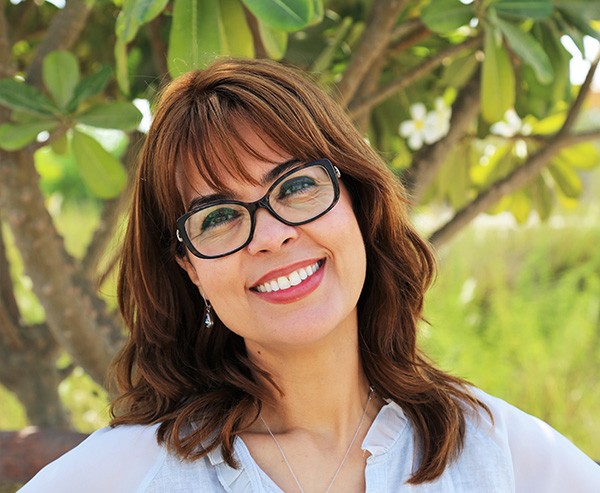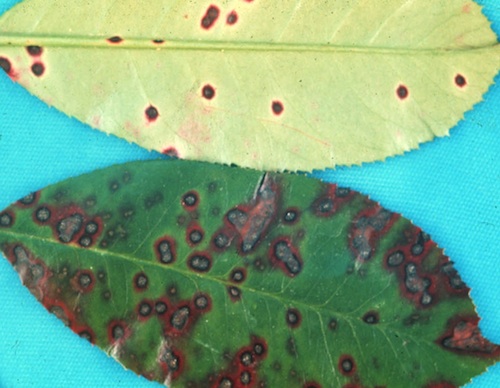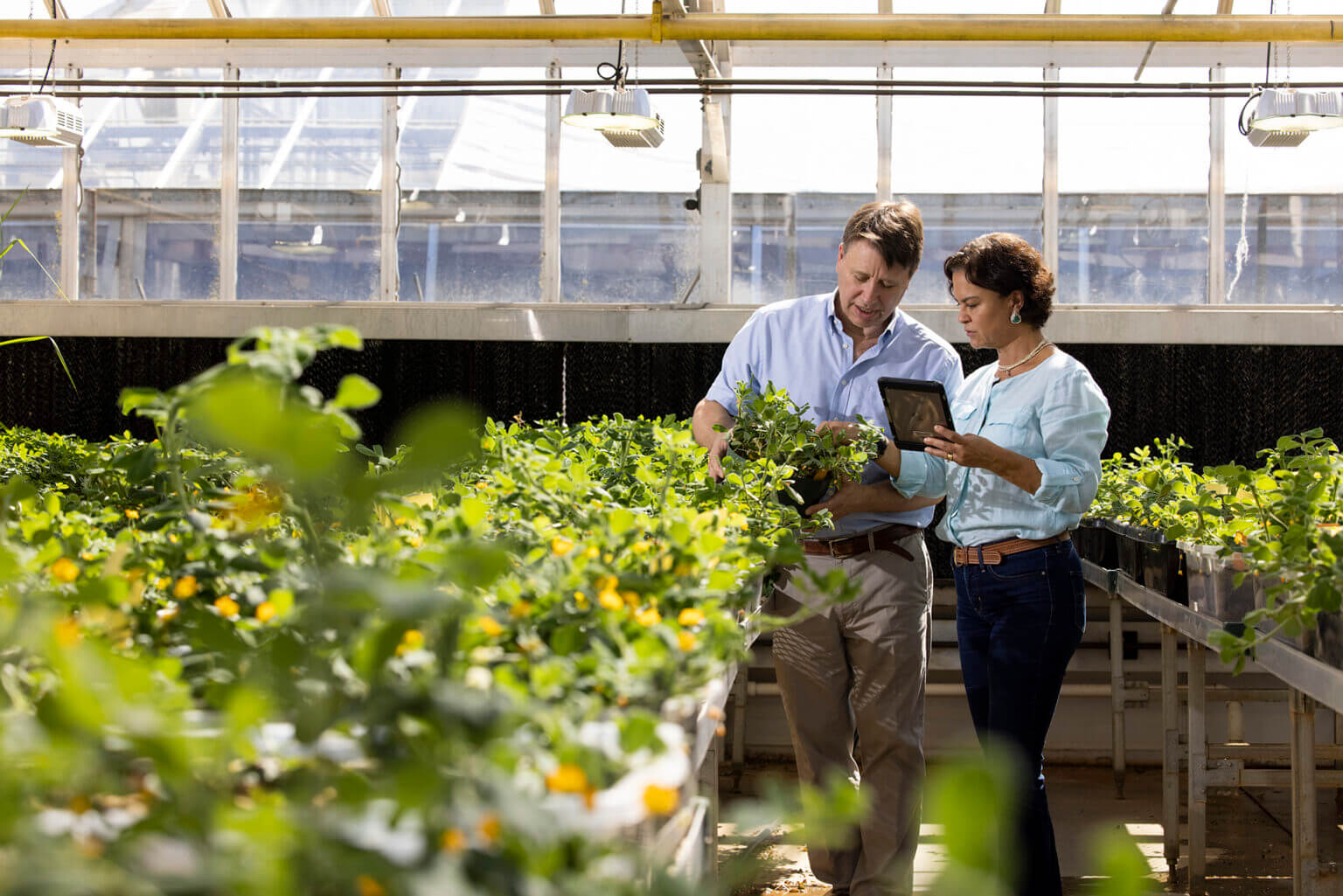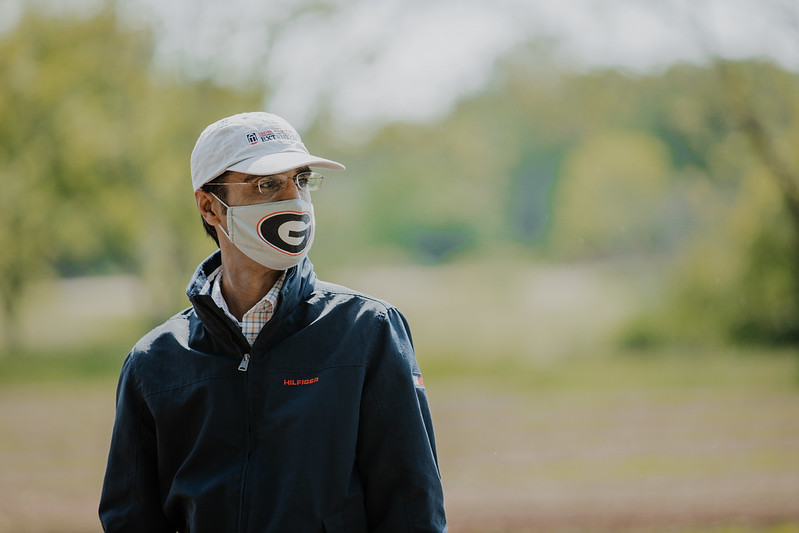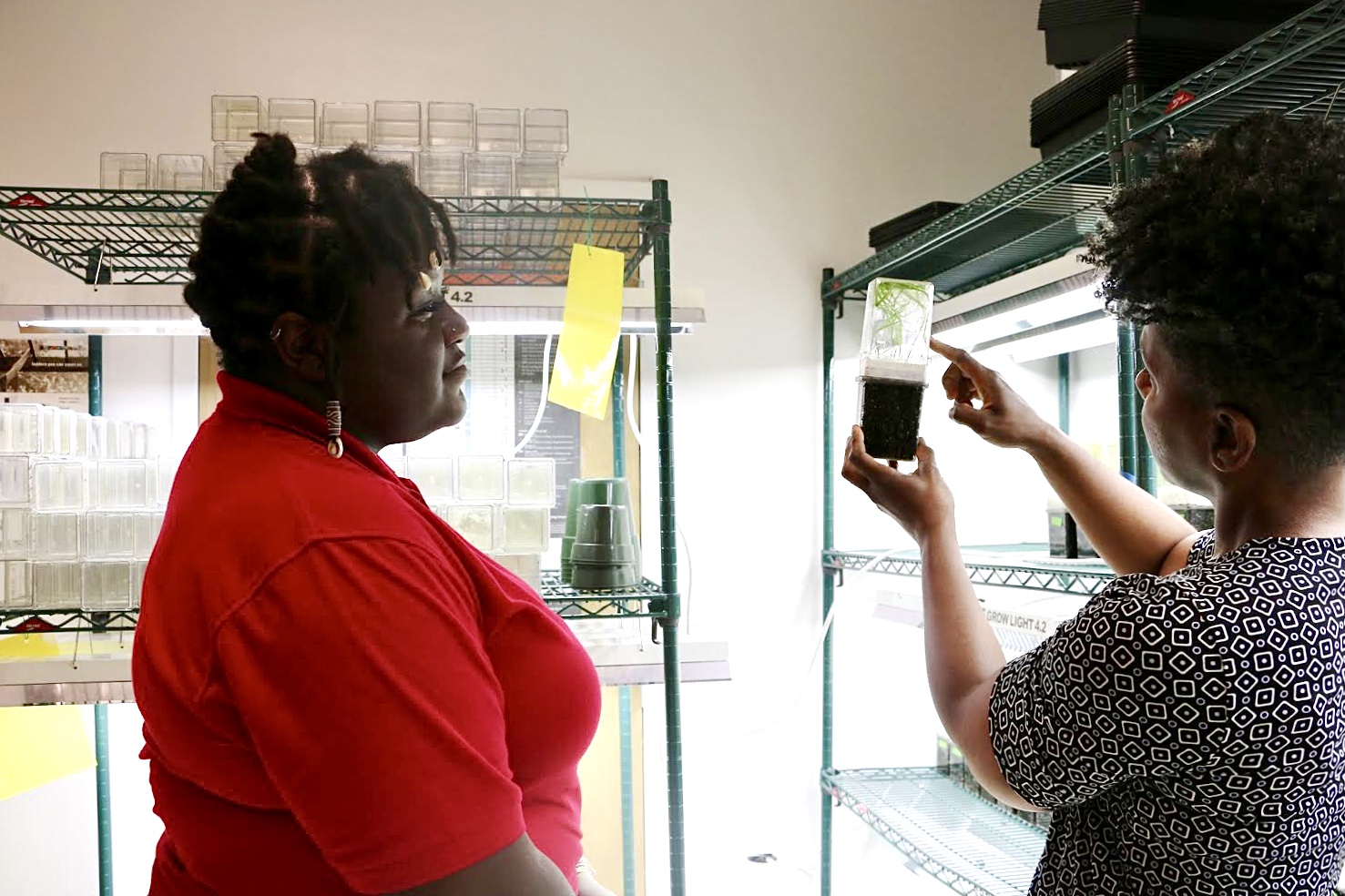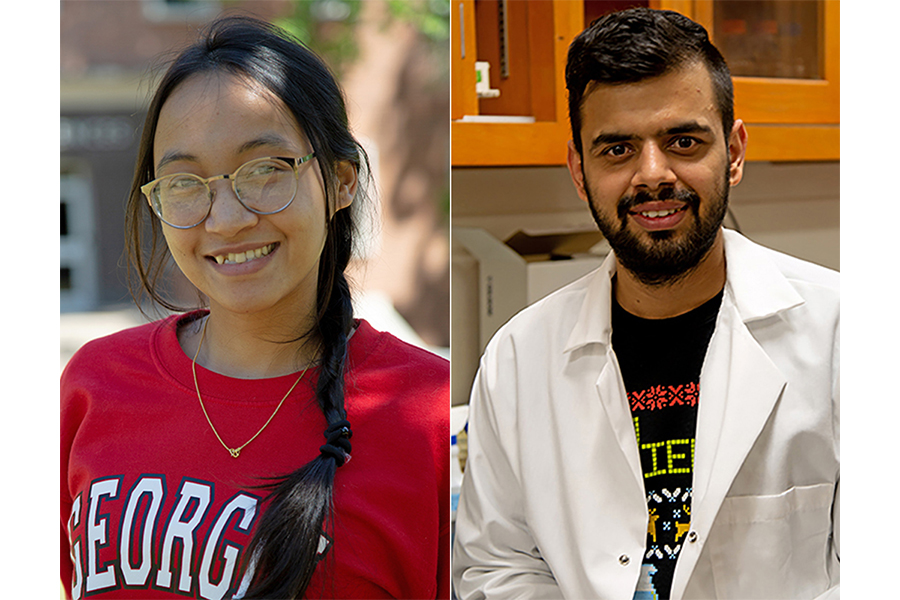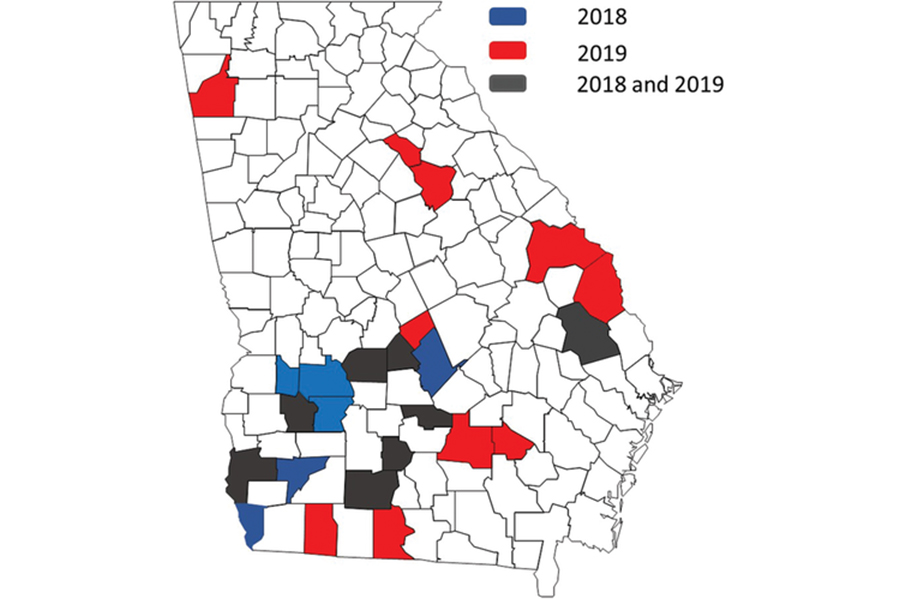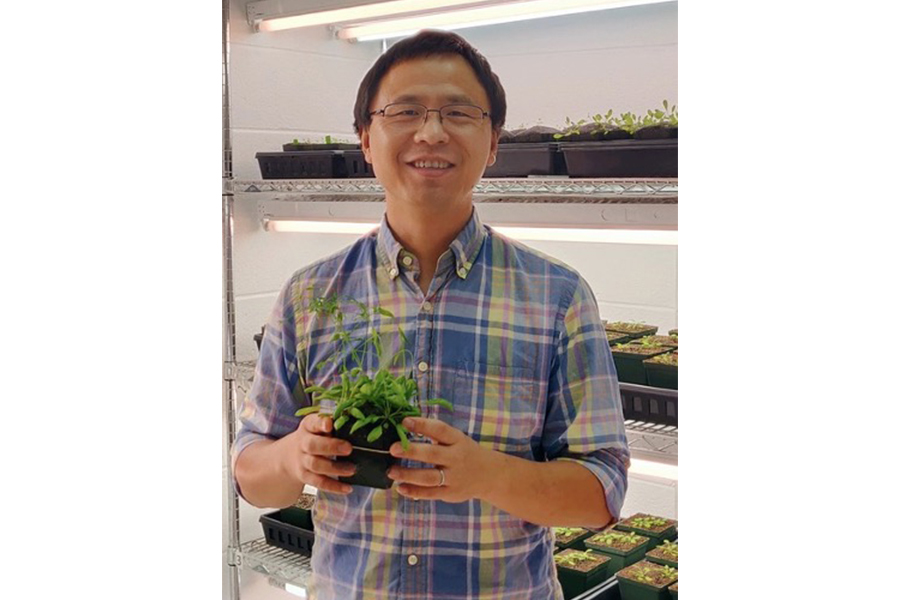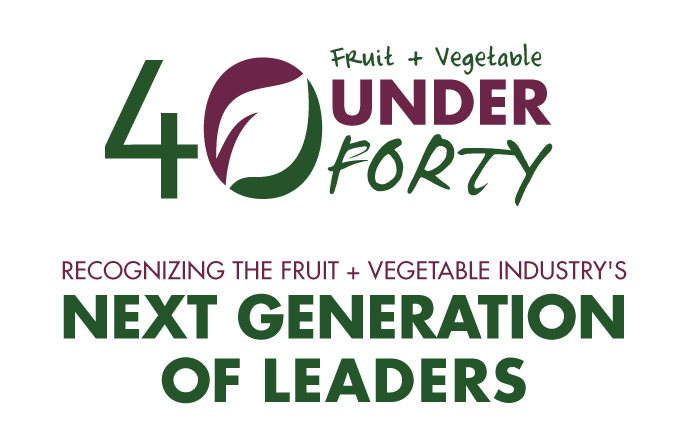 CAES News
CAES News
40 Under 40
Five members of the faculty and staff of the University of Georgia College of Agricultural and Environmental Sciences and UGA Cooperative Extension have been honored as members of the Fruit and Vegetable 40 Under 40 Class of 2021.

